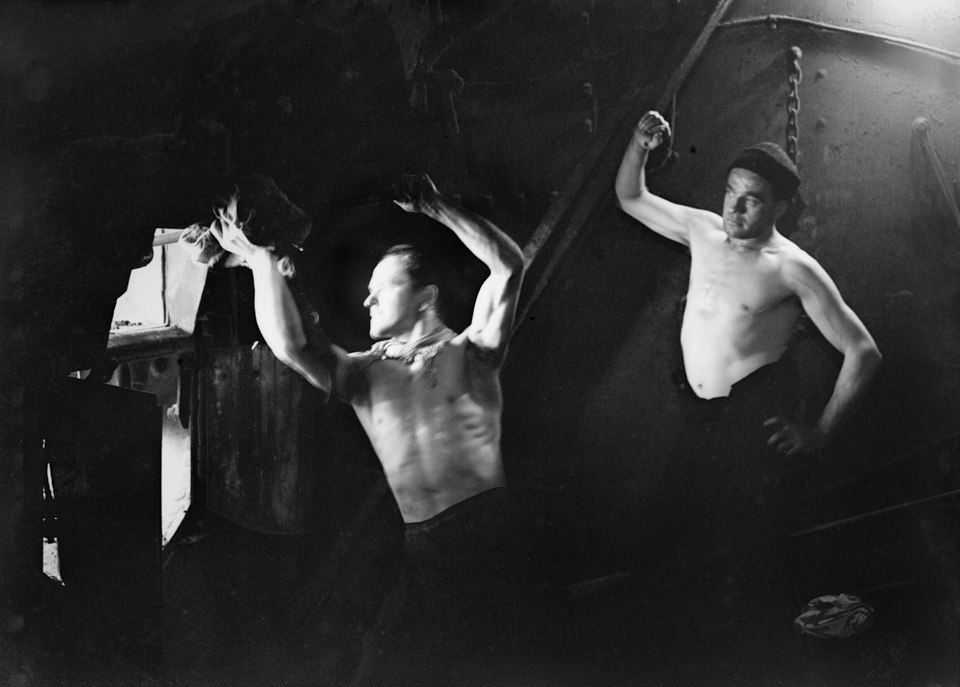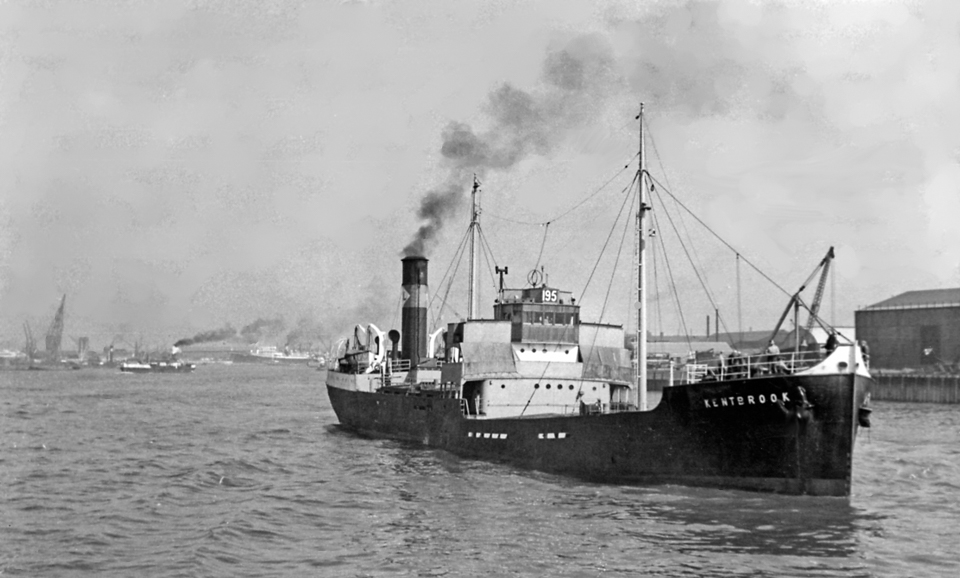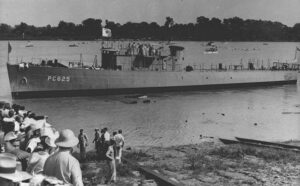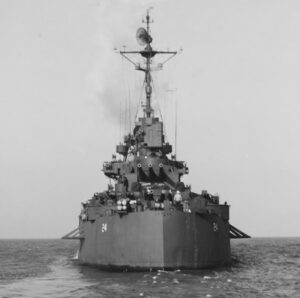My ancestors have a long and varied history of serving at sea, both in the Royal Navy and in the Merchant Navy.
Life at sea
Professional mariners lived on the margins of society, spending much of their lives beyond the reach of land. They faced cramped, stark, noisy, and dangerous conditions at sea. For some, the attraction was a life unencumbered with the restraints of life ashore. The promise of seagoing adventure and a chance to see the world also appealed to many.
Service aboard ships typically extended for months at a time, followed by extended shore leave. In the mid-19th century, many seafarers were expected to live in the squalid boarding houses, bars and brothels of waterfront districts when ashore. However, as the century progressed and the transition from sail to steam brought shorter and more reliable voyages, mariners began to look more like part of the urban working class, living with their families within port communities.
Life at sea was inherently insecure. Crews were paid off at the end of each voyage, and while they might be engaged for the next one immediately, shipping companies had little obligation or responsibility for continuing employment. Those in the steward’s department of ocean liners could be fired at the whim of passengers and officers alike. Most notoriously, the firemen and trimmers were only employed while they had their health, which was often short-lived. Shovelling coal and maintaining furnaces caused high levels of illness and premature ageing.
Life at sea was also dangerous, especially for the crews of cargo steamers, who suffered death rates well above those on expensive liners with their additional safety protocols. Infectious diseases were also a major cause of illness and death among 19th century seafarers as they visited exotic and tropical climates.
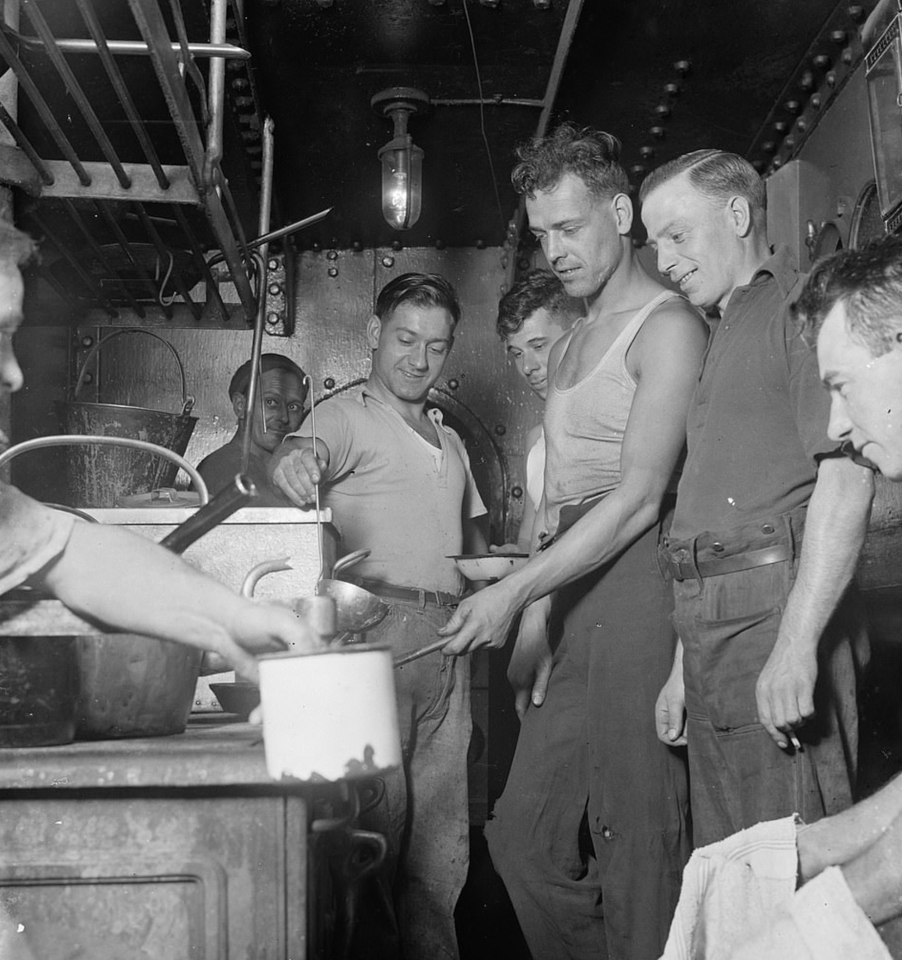
Roles onboard ship
As powered ships developed in the 19th century, their crews evolved into three distinct groups which still hold true today: the deck department, the engine department, and the steward’s department.
Deck department: responsible for the navigation of a vessel from the bridge, supervising and monitoring cargo, ensuring maintenance of the deck and upper hull structure, monitoring the stability of the ship, and carrying out mooring and anchoring operations. Deck officers include the master and his chief, second and third officers (or mates). The boatswain is the highest-ranking deck rating, while able seaman and ordinary seaman complete tasks such as working mooring lines, operating deck gear, standing anchor details, working cargo, or standing watch as a lookout or helmsman.
Engine department: responsible for operating and maintaining the propulsion and other systems. These can include the engine, fuel (coal or oil), lubrication, lighting, air conditioning, and refrigeration. During the mid-to-late 19th century, ships were powered almost exclusively by coal, requiring a constant supply to keep temperatures high enough to produce steam. An army of firemen (or stokers) and trimmers transported coal from the bunkers to the furnaces and then shovelled it in. It was hard physical labour in very hot and dusty conditions. Ships began to switch to oil in the early 20th century, which was easier to store, load and pump and did not require the back-breaking work of the stoker. Other roles include the oiler (or greaser) who job it was to keep the machinery lubricated, and the wiper who was tasked with keeping the machinery spaces clean and tidy.
Steward’s department: responsible for managing the ship’s living and dining areas, preparing and serving meals, maintaining the cleanliness of the ship’s cabins, galley, and other common areas, and procuring and managing the inventory of food, supplies, and equipment needed to support the crew. The size of the department varies greatly depending on the type of ship. A cargo ship may have just a chief steward, a chief cook and a steward’s assistant, whereas a transoceanic liner had hundreds of staff to look after the needs of the passengers.
